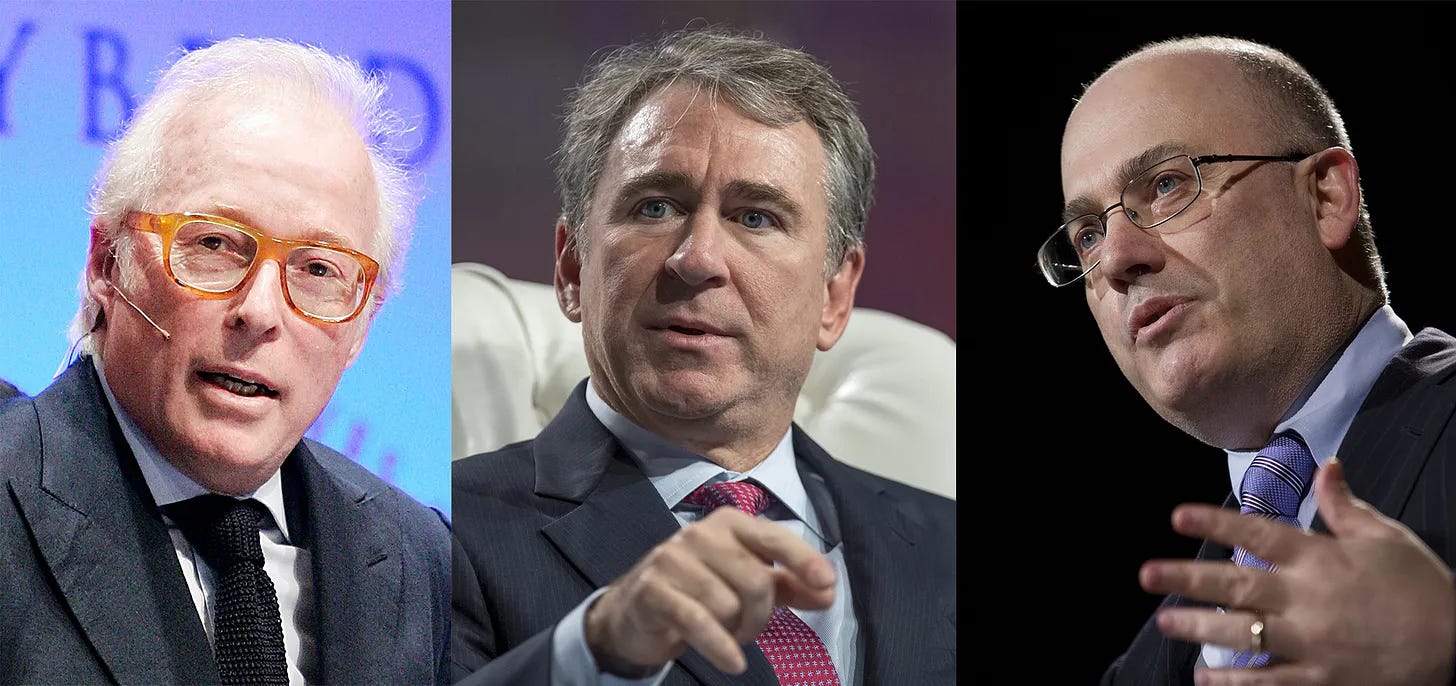Multi-Manager Hedge Fund 101
All about the "pod shops"
This week, I will help you understand a multi-manager hedge fund in the simplest language possible.
What is a multi-manager?

A multi-manager ("MM") hedge fund is an investment firm consisting of many portfolio managers (PMs) managing portfolios autonomously. Each portfolio is referred to as a "pod", where PMs have complete discretion on how to construct their portfolio and have minimal interaction with the other pods, which is why MMs are also known as “pod shops.”
What problem does the pod model solve?
Removal of market risk: The fund is designed to make money regardless of whether the market was facing a dot-com bubble, the 2008 financial crisis, or the COVID-19-type drawdown.
Centralized back office and marketing: Pod shops accelerate the paths for talented stock pickers to manage money without worrying about business startup costs and the need to fundraise.
Bargain power for the best resources for PMs: This includes management access, alternative data, access to expert networks, and sell-side research.
Features of a pod shop
Market neutrality: For example, for a technology portfolio, if implemented correctly, the portfolio shouldn’t move in value regardless of how the tech index moves during the day. If the tech index is up 10%, the long positions would increase by 10% while the shorts would decrease by 10%, resulting in zero change in portfolio value. Value creation, or alpha, solely rests on finding longs that outperform and shorts that underperform.
Market neutrality also results in lower portfolio volatility. One of MM PMs’ track record metrics is the Sharpe Ratio: which measures the PM’s excess return against risk-free rate, per unit of risk, measured by volatility.
The alpha is then magnified by leverage. For example, at 6x leverage, a 2-3% alpha yields a 12-18% return on the client’s investment.
** WE NO LONGER SELL VIA SUBSTACK, this is our legacy archive, available to legacy Substack paid members **: For the full archive and new paid content, please visit my website.


